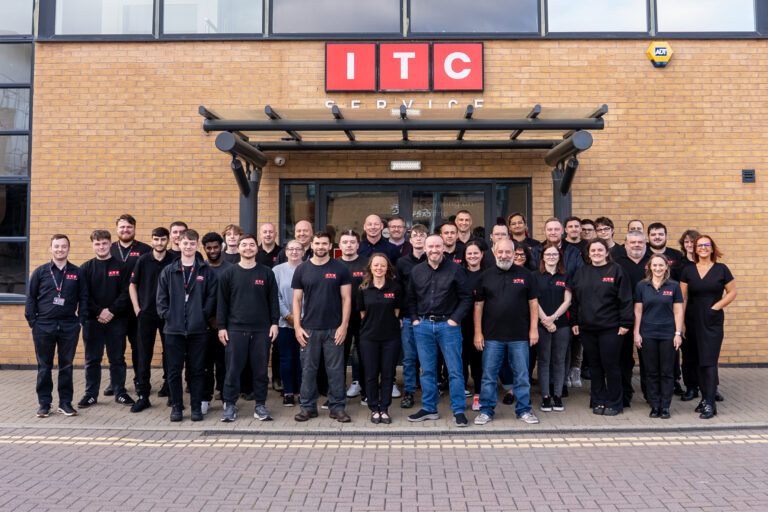The demands on in-house IT teams are greater than ever.
From cyber security threats and compliance pressures to cloud migrations and user support, the list of responsibilities is long – and growing. That’s where Managed Service Providers (MSPs) come in. But rather than replacing in-house IT teams, the real magic happens when the two work together.
Gone are the days when bringing in an MSP was seen as a threat to internal IT roles. The narrative has shifted. Now, it’s all about collaboration – leveraging the strengths of both sides to build a more resilient, responsive, and forward-thinking IT function.
Why In-House IT and MSPs Make a Stronger Team
In-house IT teams are the heartbeat of any organisation. They know the business inside out, understand the culture, and are often the first port of call when something goes wrong. Their proximity to day-to-day operations gives them a unique edge in delivering tailored support and strategic insight.
MSPs, on the other hand, bring a diversity of skills. They work across multiple clients and industries, which means they’re often ahead of the curve when it comes to emerging technologies, best practices, and regulatory changes. They also offer scalability – something that’s invaluable when internal teams are stretched thin or need to ramp up quickly for a project.
Together, they form a powerful duo. The in-house team provides the context; the MSP brings the capacity and expertise.
Defining Roles in a Successful MSP Partnership
For the partnership to work, clarity is key. It’s important to define who does what, and where the lines of responsibility lie. This avoids duplication, confusion, and the dreaded finger-pointing when things go awry.
In some organisations, the internal IT team leads on strategic direction, vendor relationships, and long-term planning, while the MSP supports day-to-day operations like system monitoring, backups, patching, and round-the-clock support. In others, the MSP takes a more strategic role, advising on infrastructure, compliance, or digital transformation, while the in-house team focuses on frontline support and internal coordination.
But the best partnerships go beyond task lists. They’re built on shared goals, open communication, and mutual respect. When both sides are aligned on what success looks like, the results can be transformative.
How MSPs Help Fill IT Skills Gaps
One of the biggest challenges facing IT leaders today is the skills gap. Whether it’s cloud architecture, cyber security, or data analytics, finding and retaining talent in niche areas is tough.
MSPs can help bridge that gap. They offer access to specialists who might be out of reach for smaller organisations or not needed full-time. This allows in-house teams to focus on what they do best, while still benefiting from expert input when it matters most.
It’s not about outsourcing everything – it’s about being smart with resources and building a flexible, blended model that adapts to the organisation’s needs.
A Culture of Collaboration
Of course, no partnership is without its challenges. There can be friction, especially if there’s a perception that the MSP is stepping on toes or if communication isn’t flowing both ways.
That’s why it’s so important to foster a culture of collaboration. Regular check-ins, shared documentation, and joint planning sessions can go a long way. So can involving the MSP in internal discussions and treating them as an extension of the team, rather than an external vendor.
When both sides feel valued and included, trust builds, and with trust comes better outcomes.
Why MSPs and In-House IT Make a Brilliant Team
The benefits of a strong MSP/in-house partnership aren’t just theoretical. Organisations that get it right enjoy faster response times, increased system uptime, and the agility to adapt to change without disruption. Crucially, their internal IT teams are freed from routine maintenance and firefighting, allowing them to focus on strategy, innovation, and supporting business growth.
This model is especially powerful in sectors like construction, manufacturing, and professional services, industries where IT may not be the core focus, but is absolutely mission-critical. A well-aligned MSP can help these businesses stay secure, scale confidently, and compete with more tech-driven firms.
One great example of this is our partnership with Graeme at Northern Rights, who manages their internal IT. By working closely together, we’ve built a seamless support structure. Graeme leads on internal day-to-day, while we handle the strategy and technical delivery. Faster resolutions, greater stability, and more time for Graeme to focus on adding real value to the organisation and elevating the internal IT brand.
It’s Not About Replacing – It’s About Reinforcing
At its heart, the relationship between MSPs and in-house IT teams is about partnership. It’s about recognising that no one team can do it all, and that by working together, we can achieve more.
So if you’re an IT leader wondering whether to bring in an MSP, don’t think of it as handing over the reins. Think of it as adding horsepower to your engine. And if you’re already working with one, take a moment to check in – are you getting the most out of the relationship?
Because when MSPs and in-house teams work side by side, everyone wins. Speak to our team today if you want to know more about the benefits a collaboration with an MSP can bring your business.








